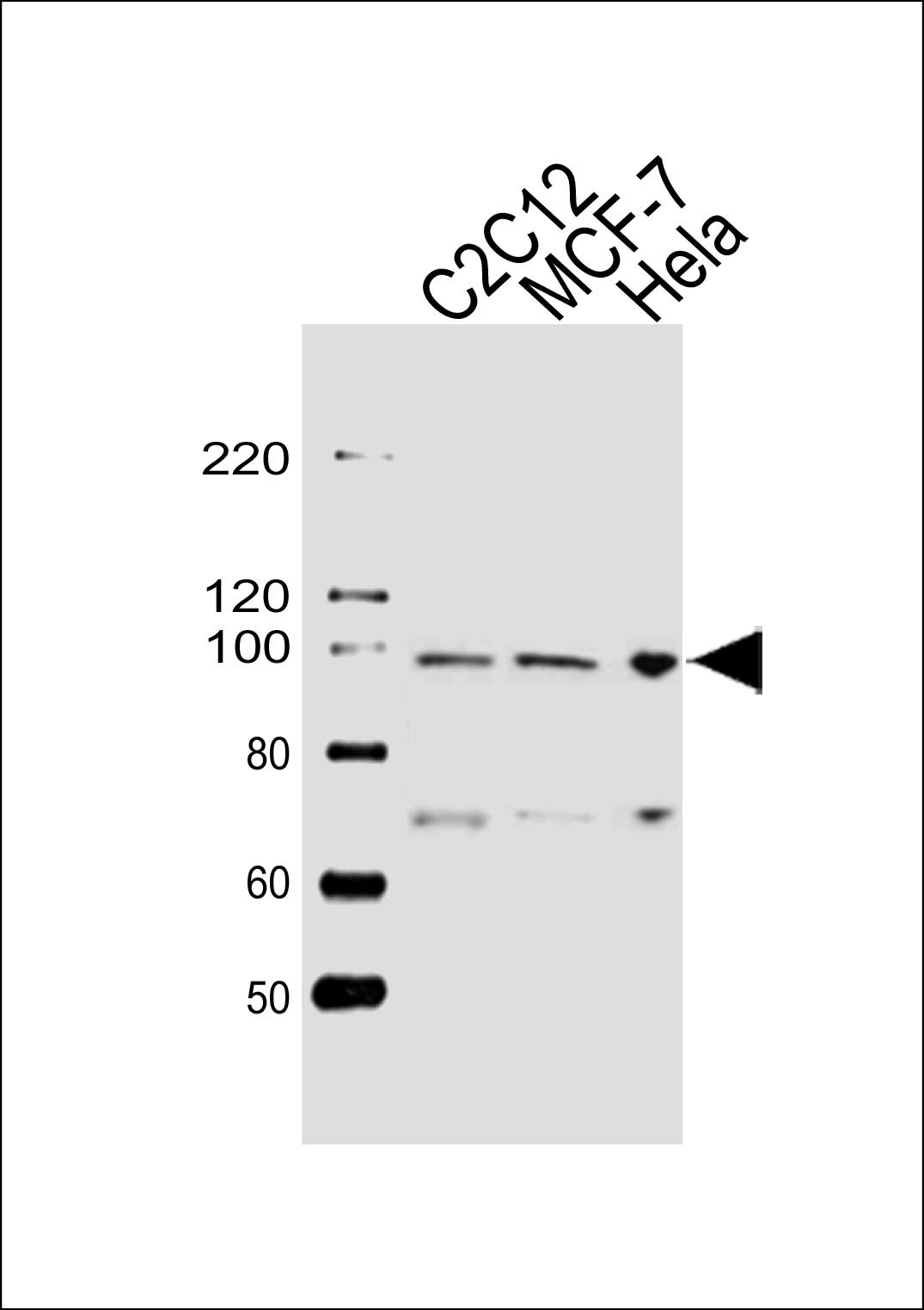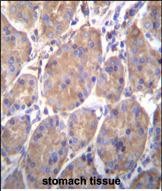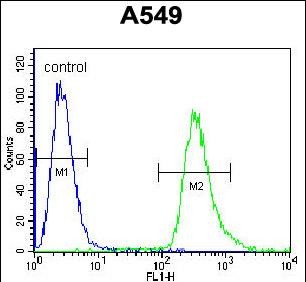产品名称
HSP90B1 Rabbit Polyclonal Antibody (Center)
别名
Endoplasmin, 94 kDa glucose-regulated protein, GRP-94, Heat shock protein 90 kDa beta member 1, Tumor rejection antigen 1, gp96 homolog, HSP90B1, GRP94, TRA1
存储缓冲液
Purified polyclonal antibody supplied in PBS with 0.09% (W/V) New type preservative N. This antibody is purified through a protein A column, followed by peptide affinity purification.
Human Gene ID
NP_003290.1
Human Swissprot No.
P14625
特异性
This HSP90B1 antibody is generated from rabbits immunized with a KLH conjugated synthetic peptide between 460-487 amino acids from the Central region of human HSP90B1.
稀释度
WB~~1:1000;IHC-P~~1:100~500;FC~~1:10~50
运输及保存条件
Maintain refrigerated at 2-8°C for up to 2 weeks. For long term storage store at -20°C in small aliquots to prevent freeze-thaw cycles.
背景介绍
HSP90 proteins are highly conserved molecular chaperones
that have key roles in signal transduction, protein folding,
protein degradation, and morphologic evolution. HSP90 proteins
normally associate with other cochaperones and play important roles
in folding newly synthesized proteins or stabilizing and refolding
denatured proteins after stress. HSP90B1 is an endoplasmic
reticulum HSP90 protein. Other HSP90 proteins are found in cytosol
(see HSP90AA1; MIM 140571) and mitochondria (TRAP1; MIM 606219)
(Chen et al., 2005 [PubMed 16269234]).
细胞定位
Endoplasmic reticulum lumen. Sarcoplasmic reticulum lumen {ECO:0000250|UniProtKB:P41148}. Melanosome Note=Identified by mass spectrometry in melanosome fractions from stage I to stage IV.
功能
Molecular chaperone that functions in the processing and transport of secreted proteins (By similarity). When associated with CNPY3, required for proper folding of Toll-like receptors (By similarity). Functions in endoplasmic reticulum associated degradation (ERAD) (PubMed:
18264092). Has ATPase activity (By similarity). May participate in the unfolding of cytosolic leaderless cargos (lacking the secretion signal sequence) such as the interleukin 1/IL-1 to facilitate their translocation into the ERGIC (endoplasmic reticulum- Golgi intermediate compartment) and secretion; the translocation process is mediated by the cargo receptor TMED10 (PubMed:
32272059).



